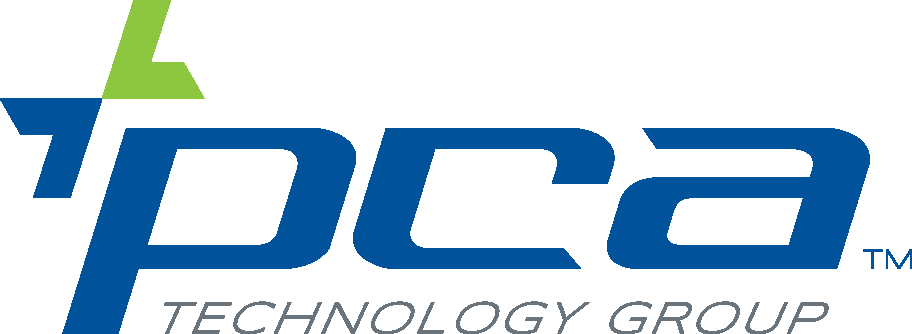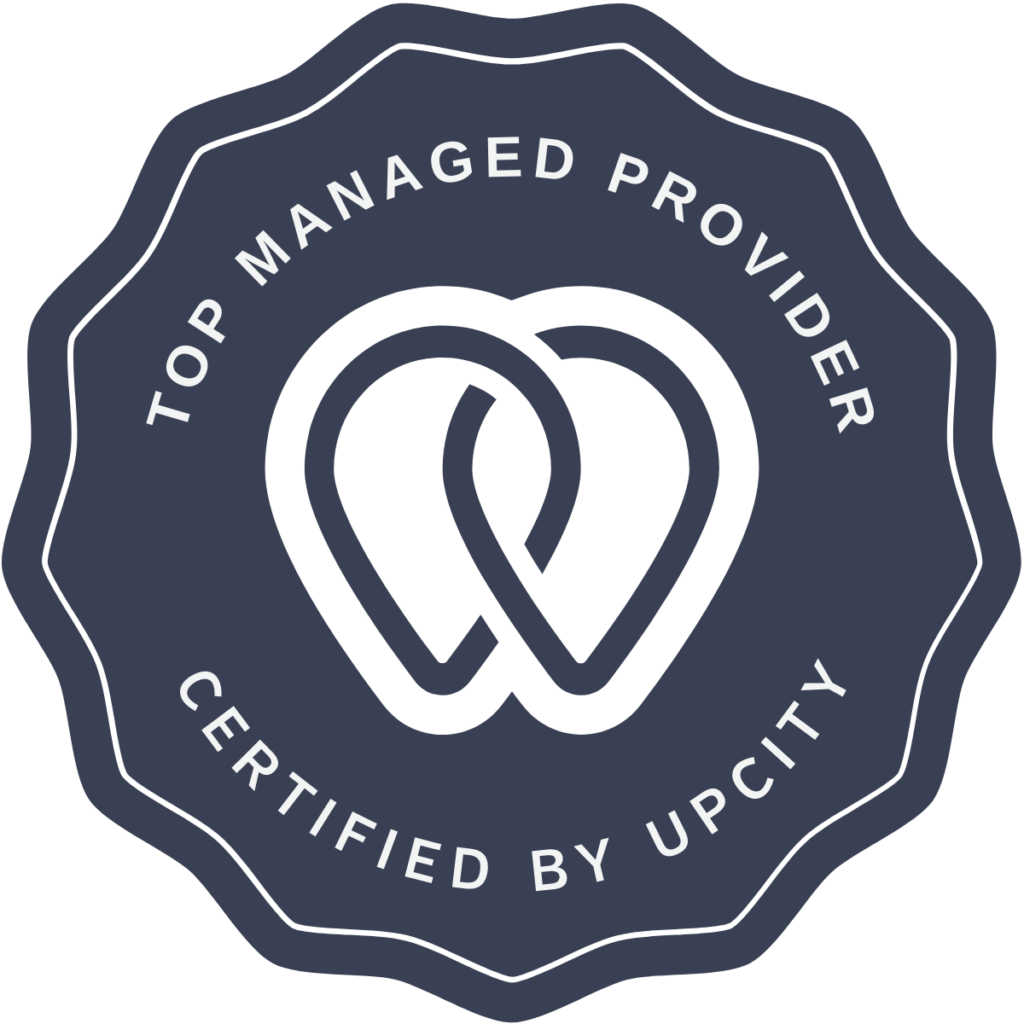Software underpins basic functions in the modern world, powering everything from smartphones to complex business applications. But how exactly does software come into existence? This is where software development takes center stage.
What is software development?
Software development is the methodical process of crafting software applications. It’s a multiphase journey that translates concepts and requirements into practical software solutions. To illustrate better, imagine constructing a building: drawing a blueprint precedes laying down the foundation, and so on and so forth, correct? Software development follows a similar logic, with each stage meticulously building upon the last.
The software development life cycle (SDLC)
The SDLC provides an organized approach to software development. It serves as a roadmap with distinct stages, each playing a critical role in realizing a concept. While variations to the process may exist, these are essentially the six core steps:
1. Identify a need
Every software project serves to fulfill a need. Perhaps you aim to streamline internal operations, establish a customer portal, or develop a mobile application. This initial phase focuses on identifying the specific issues and challenges your software will address. Through collaboration with stakeholders, the software development team gathers information to define the problem your software is designed to solve. This paves the way for the entire project, ensuring the final product aligns with your needs and objectives.
2. Analyze requirements
This stage involves analyzing in great detail the technical, user, and product specifications essential for your software’s effective operation. Think of constructing a house; you wouldn’t simply state “we need walls.” You’d specify the materials, number of rooms, and desired layout. Similarly, detailed requirements ensure every aspect of the software is clearly defined, from user interface to functionalities.
3. Design a solution
Once you’ve identified a need and how the software should function, it’s time to design the software itself. This stage translates user needs and technical requirements into a blueprint. Software developers will carefully select the most suitable tools and technologies to create the software’s architecture, data structures, and user interface. A well-designed software solution lays the groundwork for a high-quality and user-centric final product.
4. Develop and implement the software
With the design finalized, software developers embark on coding and building the software based on the specifications. They meticulously write lines of code, construct functionalities, and integrate various components to bring the software to life. This stage also involves intensive testing and debugging of the code to ensure it functions as intended. Once development is complete, the software is deployed to its designated environment, such as a server or cloud platform, for testing.
5. Test the software
Testing is paramount in software development to prevent previously undiscovered bugs and other issues from occurring. This stage consists of further evaluation of the software to identify and correct bugs and errors that were missed in development and implementation. A variety of testing techniques are employed, from unit testing (to evaluate individual components) to system testing (to assess the behavior of overall systems). Sometimes, the intended users are even involved in user acceptance testing to ensure the software is user-friendly and addresses their needs. Thorough testing guarantees a high-quality and reliable end product.
6. Deploy and maintain the software
At this point, the software is ready for deployment. This step involves installing and configuring the software on its designated platform. However, the work doesn’t stop there, as any software still requires ongoing maintenance.
Maintenance is an ongoing process that includes monitoring the software’s performance, fixing any issues that arise, and performing updates or improvements. Regular maintenance ensures the software continues to function smoothly and adapts to evolving needs and technology.
SDLC methodologies
While the SDLC provides a general framework, there are different methodologies for applying the process. Of these methodologies, the most widely used are:
Waterfall
In this traditional approach, there is a sequential progression where each stage is finished before proceeding to the next. It offers structure but can be inflexible for projects requiring adaptability.
Agile
This methodology focuses on delivering software in short, iterative cycles. Each iteration involves developing, testing, and getting feedback from stakeholders and testers to continuously refine the software. This method works well for projects that have evolving requirements or demand rapid feedback.
Do you have a software concept you want to realize? Does your business need an application that isn’t available on the market? Speak with a PCA Technology Group expert to get started. Contact us today.


